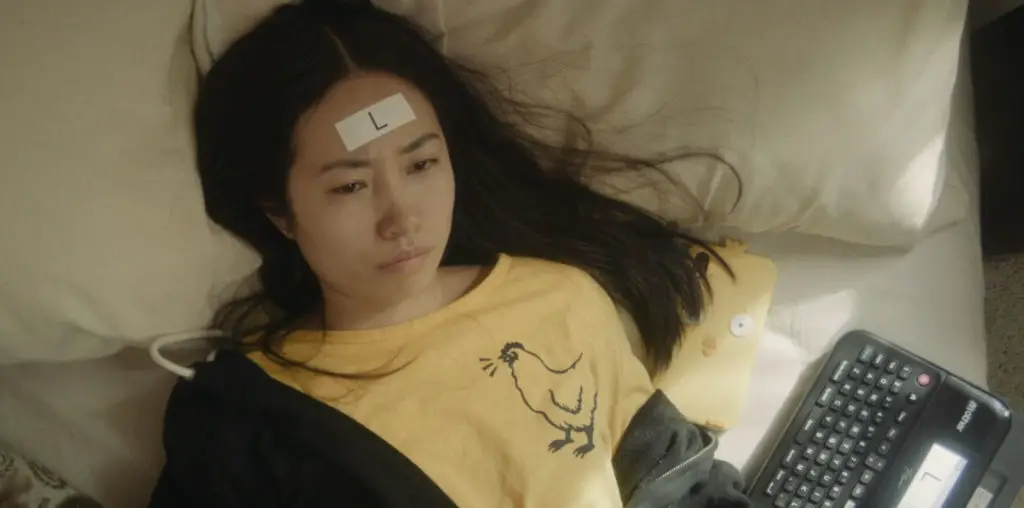
“Brotherhood of the Wolf (Le Pacte des Loups)” is a foreign language costume drama/action flick for people who hate to “read movies.” It’s got enough blood and guts to be a horror film and enough sloppy romance to scream Crouching Tiger, Hidden Dragon. This is not to say that I wasn’t enthralled by the vast helpings of style the movie carries with it. The wet scenes that are so drenched in rain they virtually ooze off the screen to the muddy grit of realism the film contains, genuine down to the dirt under everyone’s fingernails. The film has a wonderful style and a sense of movement that barely slows down for its two and a half hours.
The story concerns a naturalist/philosopher/scientist (and part time taxidermist) Gregoire de Fronsac (Samuel Le Bihan). His blood brother Mani, played by Hawaii-born martial arts star Marc Decascos with astonishing screen presence, is an Iroquois survivor who kicks as much a*s as is required on their journeys. They travel together to both study and hunt the creature, a fierce beast that after three years has yet to be found. It takes only women and children for victims and has no apparent fear of firearms. In other words, it’s the scariest monster/villain this side of “Jaws.” And rest assure that the director, Chrisophe Gans, who obviously loves that film, knows full well the power of only giving us glimpses of the beast until finally unleashing it in the third act. Jim Henson’s Creature Shop did a great job in making a truly vicious and terrifying monster that has the possibility to inhabit many a nightmare.
The film isn’t blind to the corrupt world of pre-revolution France either and balances much of its plot and characters based on those in upper-tier social classes and their lust for power. Whilst Fronsac hunts the affections of the elusive countess Marianne (Emilie Dequenne), we go deeper into the political corruption of the church that is slowly losing its grip on the power structure as it stands.
But don’t let me mislead: this is one action-packed, blood-drenched, quickly-edited, thrill-fest that doesn’t pull punches when forced with violent situations. The fight scenes, “Matrix”-esque as all get-out, give us a sense that yes, even in old-time Europe, slow-motion karate still looks cool as hell. Mani delivers time and time again enough chops, kicks, and mid-air somersaults to prove he knows exactly what he’s doing when it comes to hand-to-hand combat. His mystical side also creeps out of its shell when it’s revealed he was “somewhat of a priest” to his old tribe. The two charismatic main characters are very well established and tend to push the film forward easily. Though the plot-twists that are dropped along the way are worth waiting for, the vile mistake the script takes around the 90 minute mark is unfortunate and transforms the film into “Payback” played on an “Indiana Jones and the Temple of Doom” level. While not bad, the rest of the film relies on conventions and tends to limp its way toward conclusion, missing the spark that seemed to jump from its previous scenes.
At almost two and a half hours the film is half an hour too long and tends to indulge a bit too much in its dissection of eighteenth century politics. We soon begin to wonder if all of this is really important and could we please get back to seeing someone eaten or beat up now. But regardless of those nit-picks the fight and horror scenes are top notch, if not a bit derivative of DePalma, Carpenter, and the Wachowski brothers. Gans has crafted a well-done film that makes you not only scared of venturing off alone in the French countryside but also assures that a spooky Indian with a hatchet is a hell of a lot more powerful than a guy with a shotgun could ever be.
